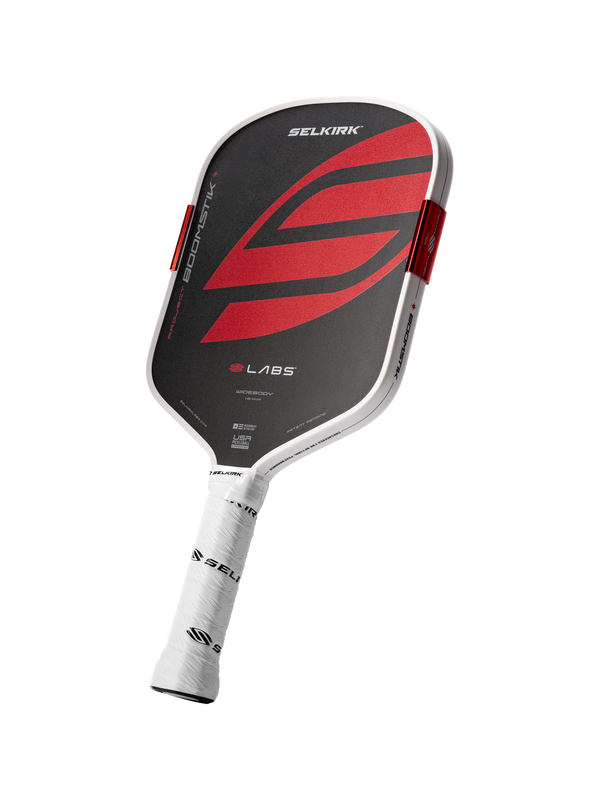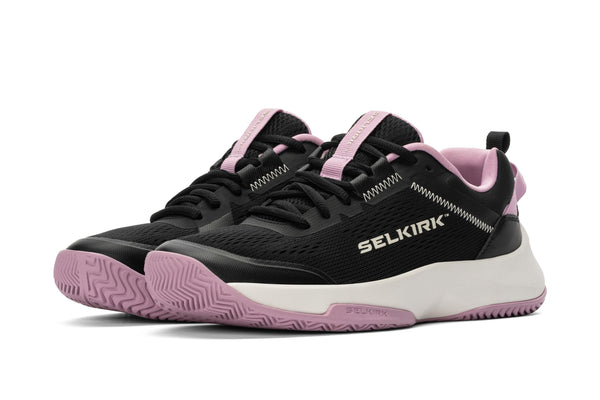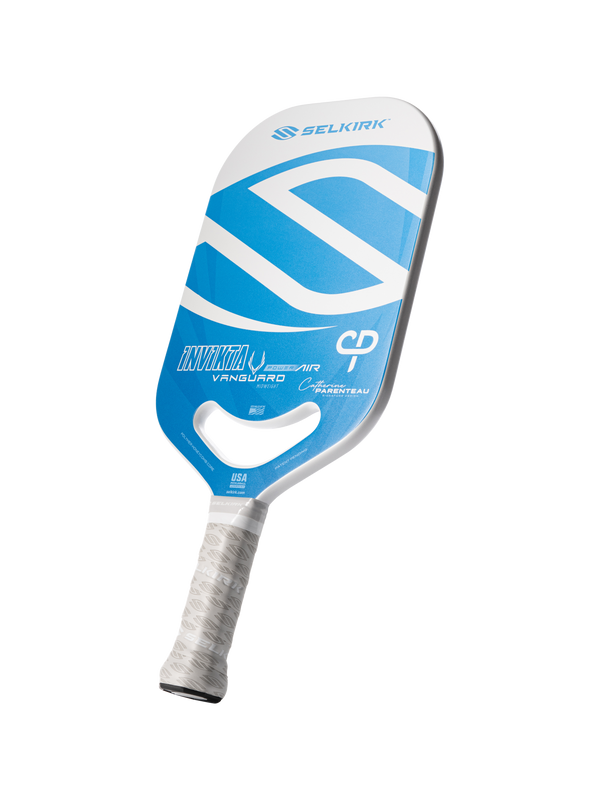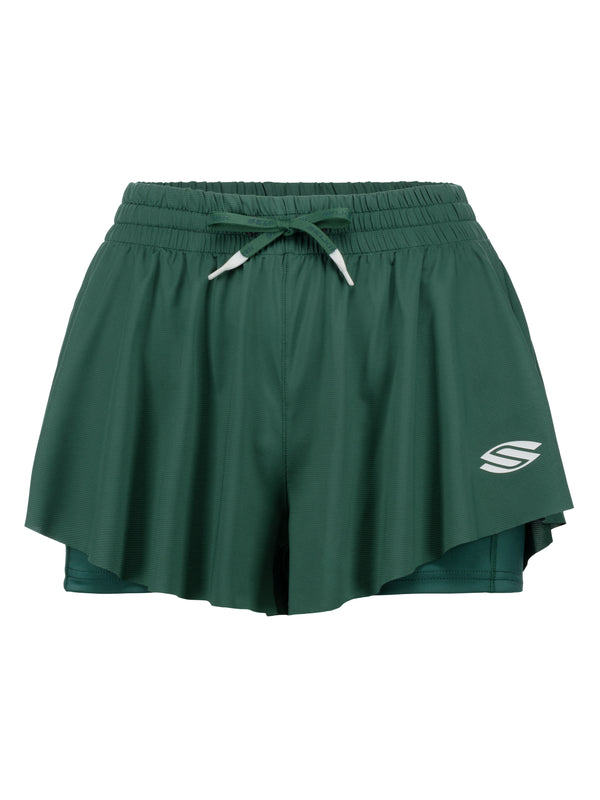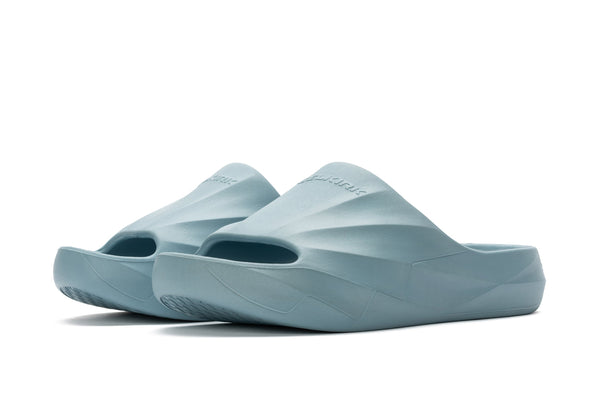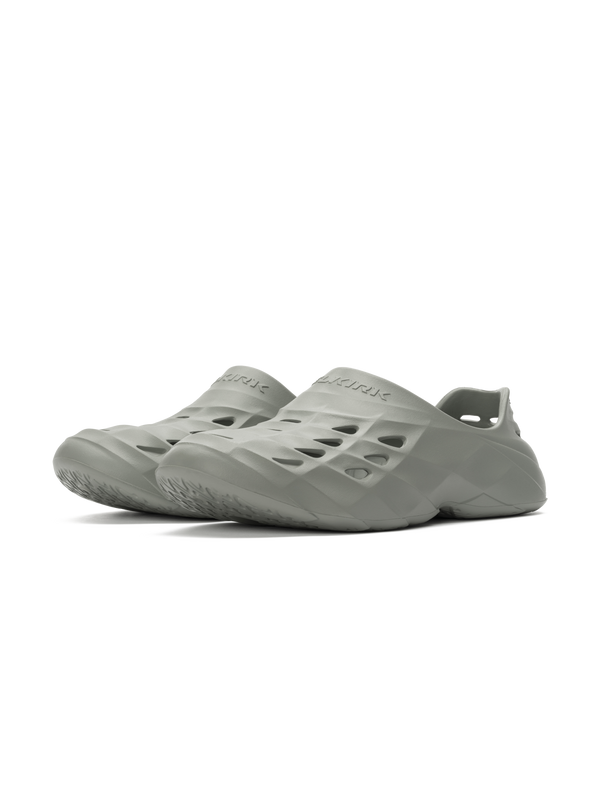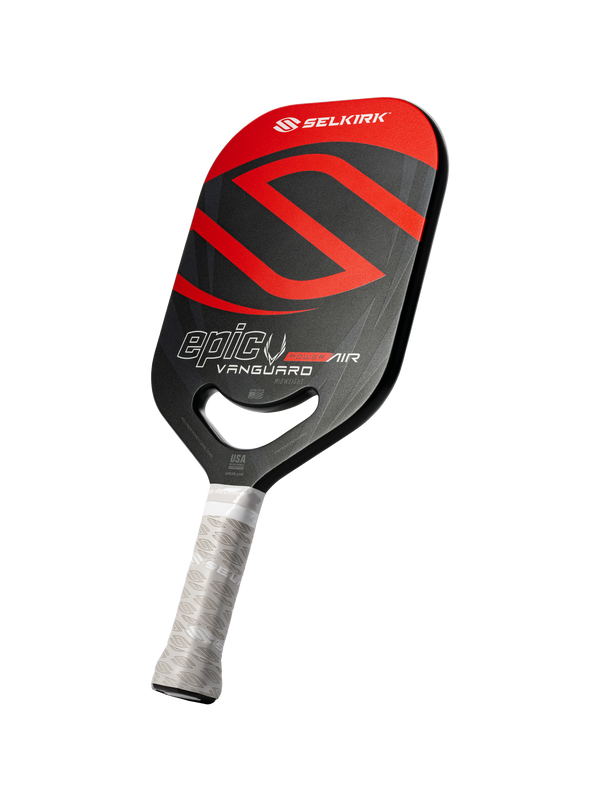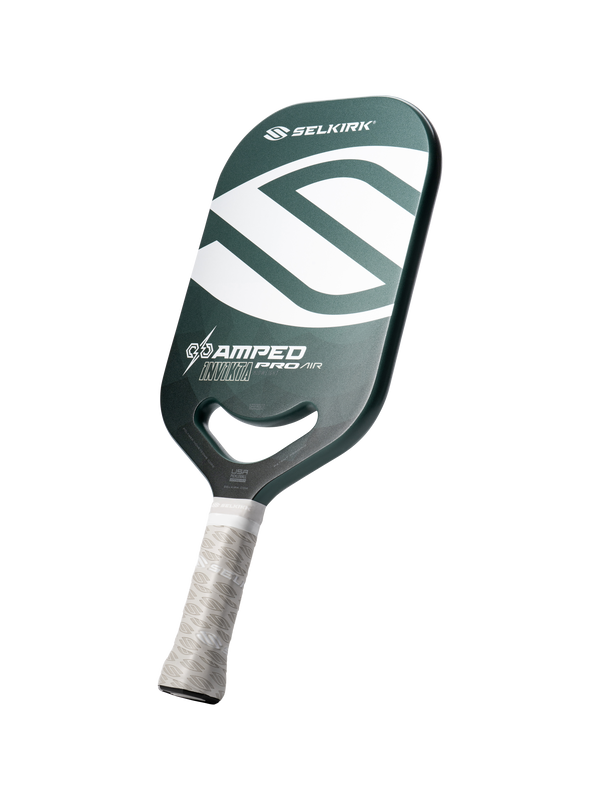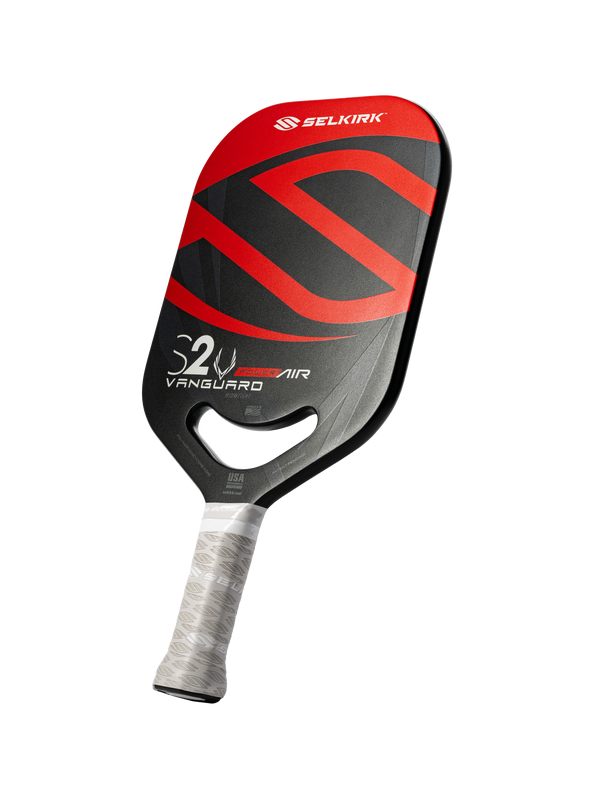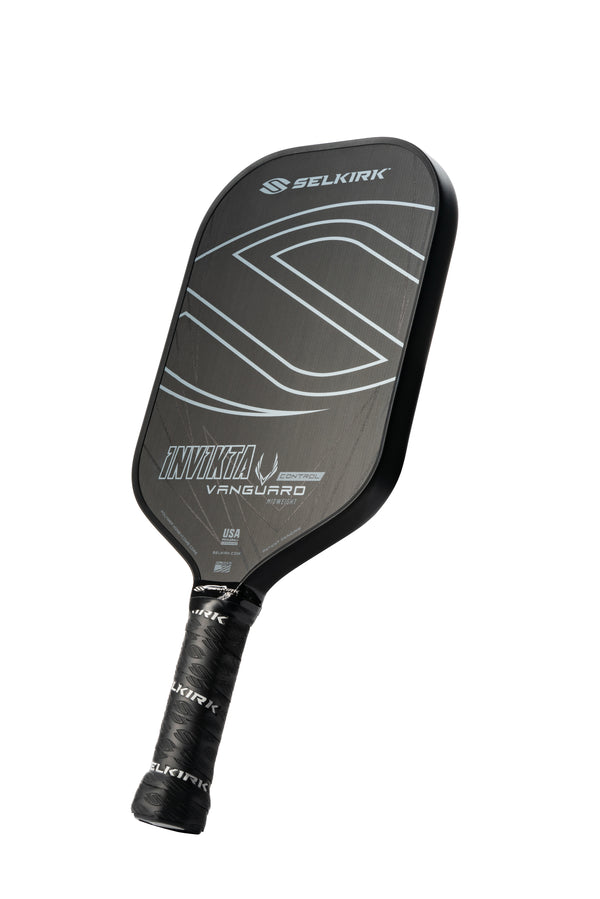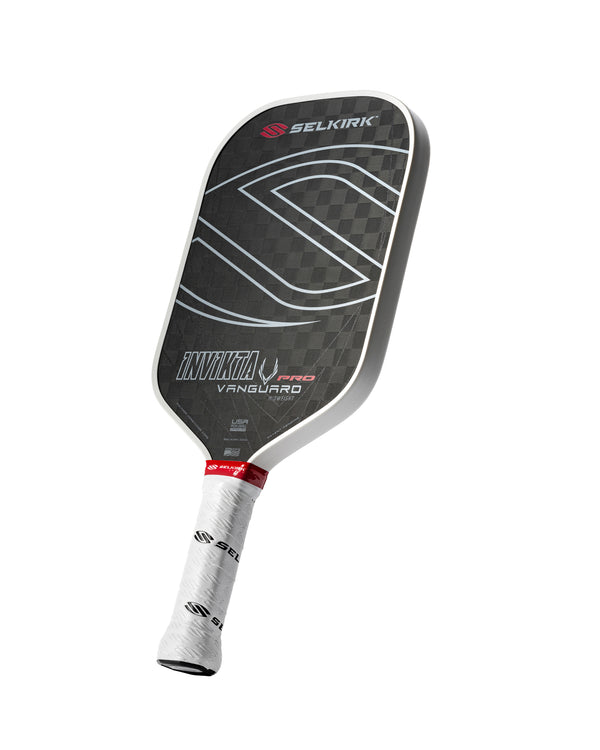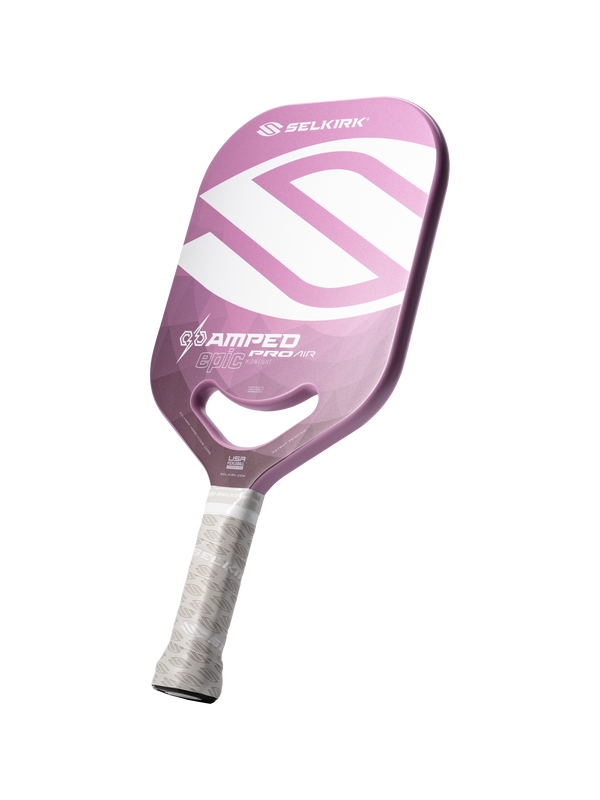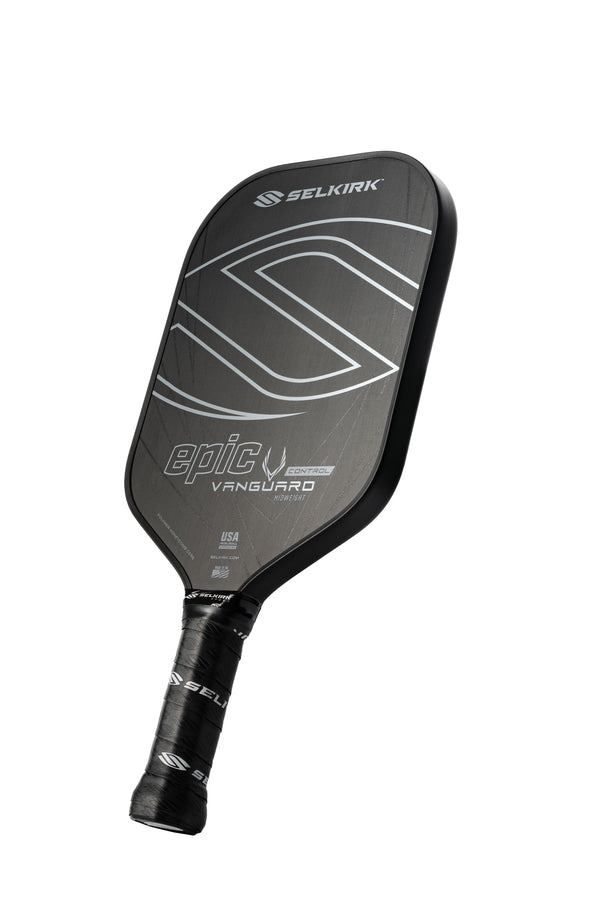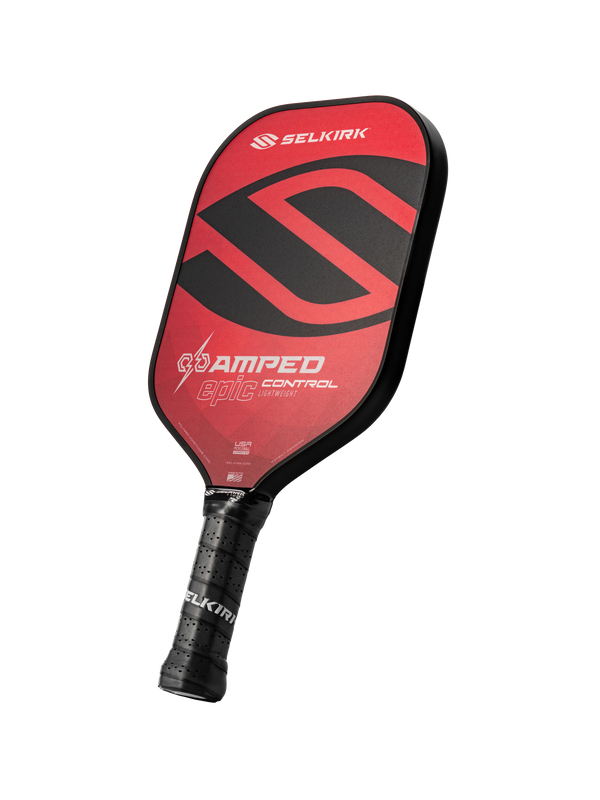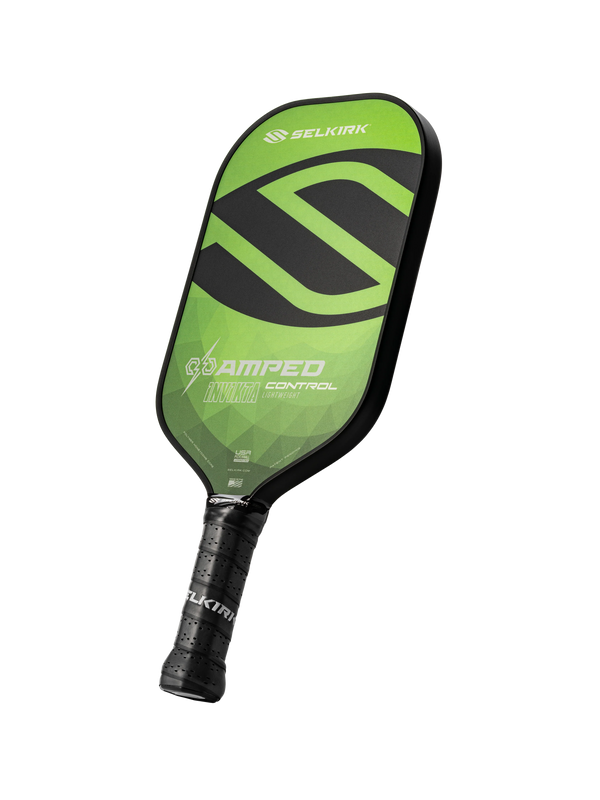
If you’ve ever played a racket sport for prolonged periods, you’ve likely experienced pain on the top of your elbow.
This is referred to as tennis elbow, or even pickleball elbow, and is caused by repetitive motion or overuse. However, there are several on- and off-court steps you can take to prevent tennis elbow.
In this new Selkirk TV episode, Certified Teaching Pro & NASM Corrective Exercise Specialist Dustin Davis teaches viewers how to manage pickleball elbow pain.
How to avoid pickleball elbow
The first and most important thing to be mindful of on the court is how tightly you are holding your paddle.
You shouldn’t be squeezing as tight as possible because it causes unnecessary strain on your elbow — and it causes popups while playing. Instead, aim for a three or four out of 10 in your grip pressure.
Next, try not to use your wrist too much. Proper pickleball shots should be completed with your wrist held firm and your shoulder driving the motion. Keeping your motions compact and driving from your shoulder ensures that your elbow is safe.
How to manage tennis elbow pain
Even following the best on-court practices, you may still feel pain on the top of your elbow. Most people spend a lot of the day with their arms bent, whether it’s from working at a computer, playing on your phone, or even driving.
So, when you extend your arm fully and expect it to take the force of repeated pickleball shots, it can cause tension up and down your arm, which puts strain on your elbow.
To help avoid such pain, you should take time at home to address areas of tension throughout your arm so that your tennis elbow symptoms lessen. Here are several exercises you can do at home to help alleviate the pain.
Move 1: Using a pickleball to relieve bicep tension
One of the main muscle groups in your arm is your bicep, and tightness or inflammation here can cause pain across the top of your elbow.
To alleviate inflammation, grab a pickleball and head to the floor. Laying flat on your stomach, extend your right arm out to your side. With your left hand, place the pickleball under your bicep and press down.
Roll the ball up and down your bicep to find a tender area. Once you find a tender spot, hold the ball there for at least 30 seconds before moving to another spot.
Move 2: How to stretch your bicep
Once you relieve the tension, it’s time to stretch your bicep. Remove the pickleball but leave your right arm extended to the side.
Using your left hand for support, twist your torso to the left, pushing your right arm further into the ground. Hold this position for at least 30 seconds.
If you find this position too difficult or too painful, you can try a modification. Sit up on your knees in front of a couch or lower chair. Reach your right arm behind you to grab onto the arm of the couch or chair. As you feel the stretch less, begin lowering your body to the floor while still holding on.
Move 3: Relieving tricep tension with a pickleball
The tricep muscles are found in the back of your upper arm, and many people often neglect this muscle group when stretching. However, inflammation in the tricep can cause strain across the back of your arm and elbow.
Grab your pickleball and lay on your right side on the ground. Place the pickleball under your tricep and roll it around to find a tender spot. Your arm may be bent or straightened depending on your preference.
Breathe in through your nose and out through your mouth for about 30 seconds.
Move 4: Using a pickleball to stretch your triceps
Now that the tension is gone, it’s important to create length through your tricep muscles. So, grab your pickleball paddle and stand up.
Holding the paddle in your right hand, reach behind your head. Bring your left hand behind your back at your waistline. Try to grab the paddle with your left hand and pull down toward your glutes.
You should feel a deep stretch in your tricep. As you get comfortable, pull the paddle even lower to deepen the stretch. Hold for at least 30 seconds.
Move 5: Alleviating hand and wrist pain
The health of your hands is vital to pickleball because you want to be able to maneuver the paddle with ease.
Grab your pickleball and lower to your hands and knees. Place the pickleball under the palm of your right hand and apply gentle pressure.
Many people will not feel too much pressure, but if you do, find a tender spot and hold for 30 seconds.
Once the knot is relieved, work your way through a series of motions to ensure your hand and wrist has a full range of motion.
Start with your right arm bent 90 degrees in front of you, with your fingers pointing toward the ceiling and your palm facing to the left wall. Then complete the following pattern:
- Open your hand as much as you can
- Curl your fingertips so they are just touching the top of your palm
- Then curl them further so they are in the middle of your palm
- Then straighten your straighten your fingers so your fingers and palm make a right angle
- Bring your fingertips back to the middle of your palm
- Rotate your hand in a circle
As you repeat this circuit, take note of how your wrist and forearm feel. Do you have any sensitivity or pain? The more you complete the circuit, the less pain you should feel. It also serves as a great warmup before you hit the courts.
Download the Selkirk TV app HERE to watch the complete episode and many other Selkirk TV original shows, podcasts, lesson series from the pros, and much more.

